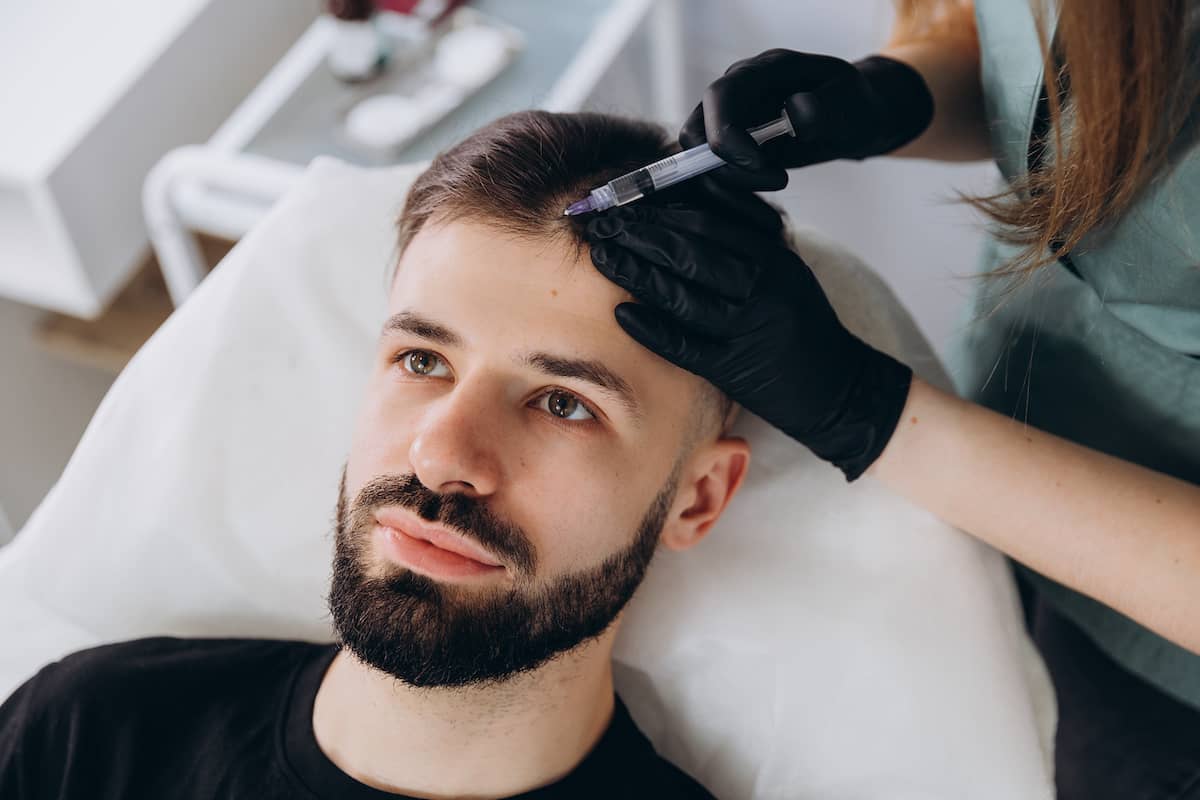Hair loss is a concern that has affected countless individuals throughout history. Once considered an irreversible sign of aging or genetic disposition, modern advancements now offer a plethora of non-invasive hair loss treatments that cater to both men and women. Delving into this realm of hair care can enlighten many about the options available and how they work, providing hope and solutions to those distressed by thinning hair.
Understanding Hair Loss
Before exploring the treatments, it’s crucial to understand what causes hair loss. While numerous factors come into play, ranging from genetics to hormonal imbalances and stress, the end result is the same: a decline in the number and thickness of hair strands. Many people start noticing hair thinning in their 30s and 40s, but it can begin earlier, causing distress and affecting self-esteem. Fortunately, the hair loss treatment sector has made significant strides in recent years, providing viable solutions to counteract this problem.
Topical Solutions
The most common and accessible hair loss treatment is topical solutions. These are products like shampoos, conditioners, and serums that contain active ingredients known to combat hair loss. Minoxidil, for instance, is an FDA-approved topical treatment that has shown to stimulate hair growth. When applied to the scalp, it increases blood flow to hair follicles, promoting growth. This method’s simplicity and ease make it a favorite for many, as it seamlessly fits into one’s daily grooming routine.
Low-Level Laser Therapy (LLLT)
Another innovative non-invasive hair loss treatment is Low-Level Laser Therapy (LLLT). Devices equipped with this technology emit a specific wavelength of light, targeting hair follicles to increase energy production and stimulate growth. Contrary to what the name might suggest, these lasers don’t produce heat, making the treatment pain-free. LLLT devices come in various forms, such as combs, helmets, or caps, catering to different needs and preferences.

Hair Growth Shampoos and Conditioners
Alongside specific topical treatments, there’s a rise in hair growth shampoos and conditioners specially formulated with natural ingredients known to strengthen hair and promote growth. Ingredients such as biotin, keratin, ginseng, and various essential oils are commonly found in these products. By integrating them into one’s daily hair care routine, individuals can foster a healthy environment for hair growth. However, it’s essential to be patient and consistent, as noticeable results often take time.
Scalp Massages
While scalp massages may seem like a luxurious spa treatment, they are effective in promoting hair growth. The act of massaging the scalp stimulates blood flow, ensuring that hair follicles receive essential nutrients. Additionally, it can reduce stress, another contributing factor to hair loss. It’s easy to incorporate a daily five-minute massage during a shower or before bed, using fingertips in gentle circular motions across the scalp.
Natural Oils and Serums
Natural oils like castor oil, rosemary oil, and peppermint oil have been touted for their benefits in hair growth. These oils, rich in nutrients and antioxidants, help in strengthening hair, reducing breakage, and stimulating growth. They can be applied directly to the scalp or mixed with other oils or serums. Leaving them overnight and washing them off the next morning can allow the scalp to absorb the nutrients effectively.
Final Thoughts on Hair Loss Treatment
Navigating the world of hair loss can be overwhelming, given the numerous treatments available. It’s always recommended to do thorough research and perhaps consult a dermatologist to determine the most suitable hair loss treatment based on individual needs. What works wonders for one person might not for another, and factors like the cause of hair loss, age, and overall health can play a significant role in the treatment’s effectiveness.
While hair loss might have been a challenging issue in the past, current non-invasive treatments offer hope and solutions. With the right approach and a touch of patience, reclaiming a fuller, healthier head of hair is within reach for many.



